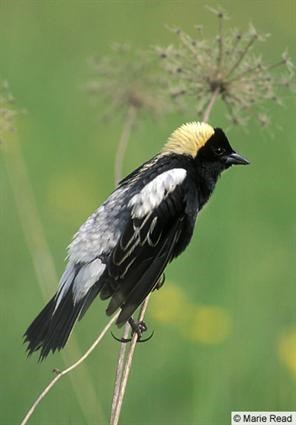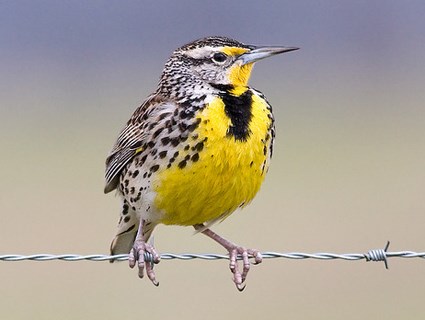When you think about farms, you may think of the sounds you hear. Those sounds may include both natural and manmade sounds, such as the rustling of produce in the wind or machines working the fields. While these are expected sounds that can indicate farm health, scientists recently have been looking at another natural sound: songbirds.
Farmers are becoming more interested in looking at the key connections between ecological, economic, and social components to managing their farms, according to Quest science blog. It is then important to make sure that clear and easy to follow diagnostic tools are established for farmers to use. Creating diagnostic tools is the focus of new research out of the University of Nebraska-Lincoln. These tools, known as the Healthy Farm Index, focus on biodiversity and ecosystems at the farm scale. One indicator in this index is the presence of songbirds.
Why birds? Birds are very sensitive to small changes in farm practice, are found all over the environment, and are easy to detect by both sight and sound. Researchers have been recording and analyzing bird calls to provide them to farmers, which will enable them to listen for the common birds while they’re out in the fields. These songs are then archived on the university’s web site. You can even listen to the different bird songs and calls by visiting the site yourself . Have you heard any of these calls before?
A couple of the birds whose calls are archived on the site include the Bobolink, a beautiful little black and white bird with a yellow head
and the Western Meadowlark, a white and black spotted bird with a yellow chest.
More research is being done through the winter months to find which birds are present and how they can be related to the Healthy Farm Index.
While this study does not indicate the importance of migration for these selected birds, it could be of interest to look at the migratory patterns of the birds that The University of Nebraska-Lincoln has identified as key indicators of farm health. Schools in and around the Lincoln, Nebraska area could use the list of birds provided on the university’s website along with the Arctic Bird Migration Monitoring Protocol to see if there are any changes to the arrival and departure dates of these farm birds. Schools in other parts of the world could work with local scientists to find birds that are similar to the ones used in the University of Nebraska Lincoln study to monitor birds in their location.
Are you a GLOBE school looking at bird migration? If so, we’d love to hear from you! Leave us a comment or email us!
-jm



there is indeed a great relation between song birds and farm health and this article clearly specifies that, please keep it up as i will be coming for more information.
Never thought about it this way. Of couse if you do not hear the sound of machines, there are lovely voices of birds everywhere. Great article